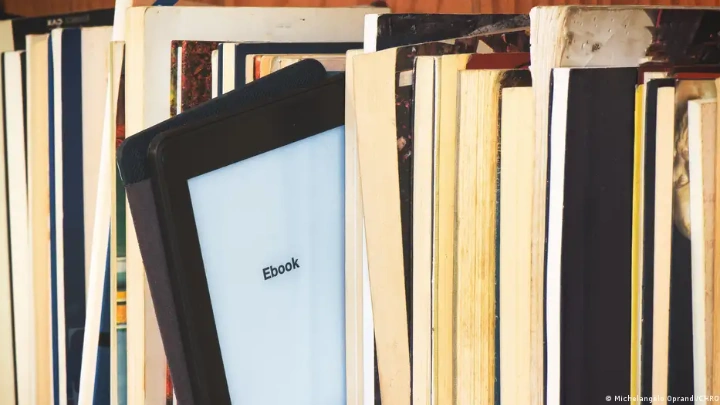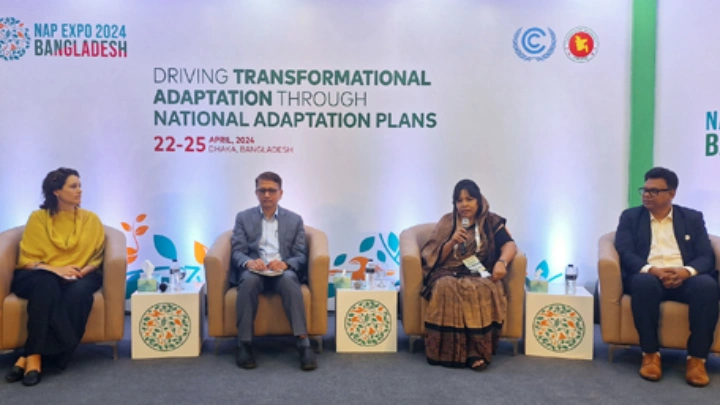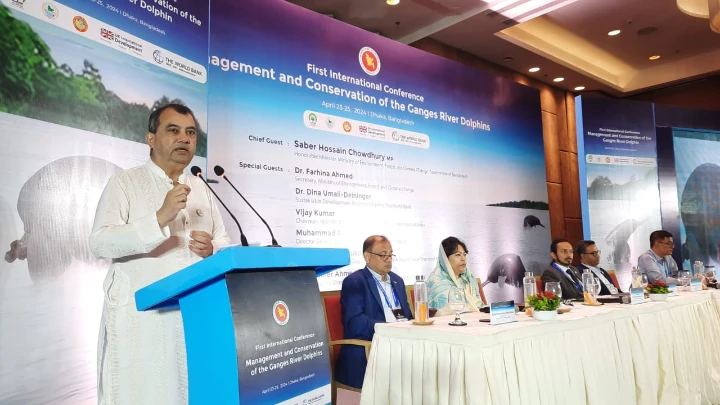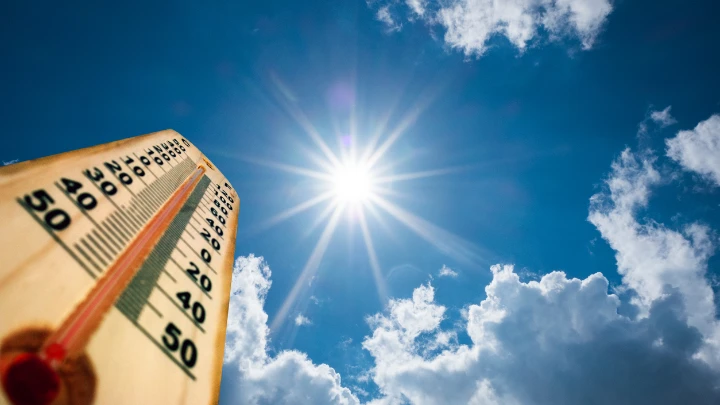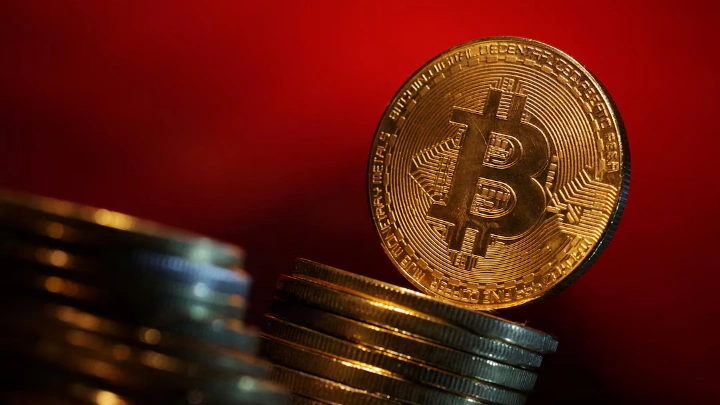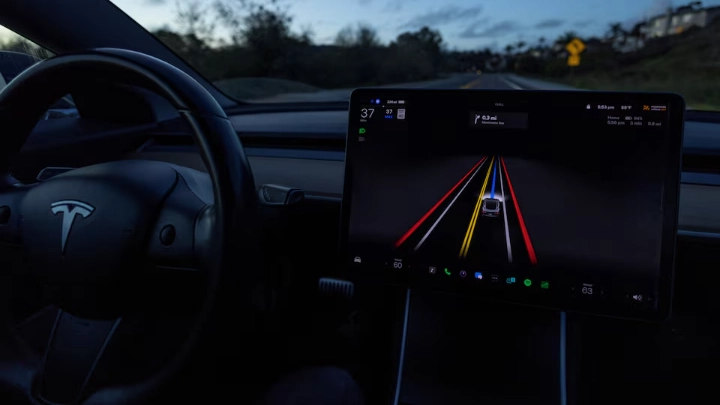Readers beware: Digital books save forests but also create toxic e-waste. Paper, meanwhile, is a renewable resource, though billions of hard copy books produce a high carbon footprint.
Paper book or e-reader: Which is better for the planet?
DWnews || Shining BD
Readers of paper books, e-books and audiobooks will spend nearly $174 billion (€163 billion) on their favourite literature by 2030. With around 4 million new book titles released each year, they are spoilt for choice.
But how is all this reading impacting the environment — and the climate?
Should we be switching from paper books to e-readers for the sake of forests and a heating planet?
Both formats have their good and bad.
Paper books: pros and cons
Since Johannes Gutenberg invented the printing press in Germany almost 600 years ago, book production has exploded globally. Some 130 million hard copy titles were published between the invention of the press in 1440 and 2010, according to a study by Google.

All that knowledge and storytelling has been a boon to humanity. But it has taken a lot of trees to produce those books. Trees from forests that support wildlife, produce clean air and help store the carbon that, when released, induces climate change.
Publishing giant Penguin Random House UK, which puts out around 15,000 paper book titles annually, says it now uses sustainable paper to make tomes released in its name.
Courtney Ward-Hunting, senior sustainability production manager at the publisher, says 100% of the paper used in its books is certified by the Forest Stewardship Council (FSC), which claims to manage sustainable or "regenerative” timber harvests that "safeguard forests for future generations.” The FSC's record on forest protection has been criticized, however, with the body accused of greenwashing by the likes of environmental group Greenpeace.
More than 70% of the climate impact at Penguin Random House comes from printers and paper mills, Courtney Ward-Hunting acknowledges.
She says the average Penguin book generates around 330 grams of carbon dioxide equivalent — which includes all greenhouse gases. This is about the same as a cup of coffee. The figure accounts for the whole life cycle of producing a book, including machine efficiency, renewable energy usage, ink types, and transport from printer to warehouses and the customer.
An average paperback book has around three times the climate impact at around 1 kilogram of equivalent CO2. That's the same as charging 122 smart phones, or making two café lattes.
While paper manufacture innovations have decreased the carbon footprint of hard copy books, the climate impact is significant when the roughly 2.2 billion physical books sold globally each year are included say book data analysts, Words Rated.
Even if we assume that each book generates 0.33 kilos of CO2 equivalent, as per Penguin Random House, that amounts to a significant 726,000 tons of CO2 — which is about the same as providing electricity to 141,261 homes annually, or the emissions from 161,500 cars.
E-readers: The good and bad
The immediate environmental benefit of an electronic reading device that can hold thousands of books, is that it uses no paper.
This not only saves forests — 32 million trees are felled annually for book paper in the US alone — but negates the need for energy-intensive pulping of wood to make paper. Pulping made up around 6% of global industrial energy consumption in 2017, according to the IEA.
Moreover, new book titles don't require shipping since the e-version can be immediately downloaded to a device.

The biggest player in the e-reader market is Amazon's Kindle. Over 487 million e-books are sold annually through Kindle, according to Words Rated. And some 5 million people worldwide read on the devices or via a Kindle app each month, multinational Amazon told DW.
E-books have primarily grown in popularity in recent years among younger Millennial and Gen Z readers. The number of e-book users globally is expected to reach 1.1 billion by 2027, according to German data platform Statista.
As some readers switch from paper to digital books, does that translate to increasing environmental and climate benefits?
Digital devices have their own downsides.
Production is a water- and energy-intensive process. The battery can involve the extraction of rare metals and minerals such as copper, lithium and cobalt. And the device itself is often made of plastic, which is derived from fossil fuels.
As with books, this production phase is responsible for the biggest climate impact.
But it doesn't stop there. E-readers use electricity to charge again and again over their lifespan. And they rely on data center infrastructure to store and send e-book files.
That's not an issue with a paper book, which does not require an internet connection or charging. Hard copies can last decades and can be shared by multiple people. An e-reader, on the other hand, usually lasts three to five years.
Books also aren't as complicated to discard or recycle at the end of their lives — though it's true that some companies, including Amazon, have recycling programs for their devices to prevent e-waste.
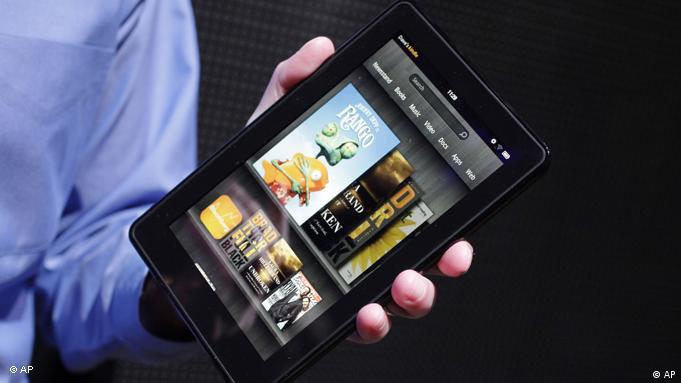
Which is better for the planet?
Traditional paper books remain a lot more popular than e-books, having around double the market penetration of their digital counterparts in the US in 2021.
But for Eri Amasawa, an associate professor in engineering at The University of Tokyo, the environmental impact of each is complicated.
The researcher compared the greenhouse gas emissions from reading regular books and e-readers as part of a study published in 2017. She found that the latter are more climate friendly if 15 or more books (or 25 on an iPad) are read over the course of the device's 3-year lifespan.
Meanwhile, reading one or two books yearly on a Kindle would not be sufficient to save on emissions.
But what about when readers consume literature on both devices?
"Many people still want to read paper books, even if they read some e-books," Amasawa said. Some 33% of US readers fall into this category.
Even if an e-reader makes environmental sense for regular readers, Amasawa recommends hard copy aficionados to "buy the book that you'll actually read. And then recycle them when you're finished with them."
Shining BD

